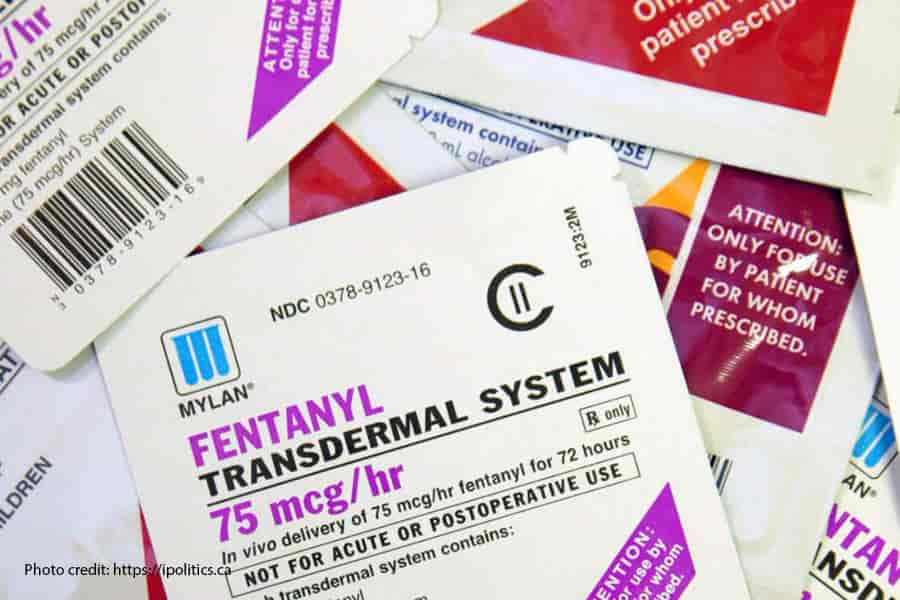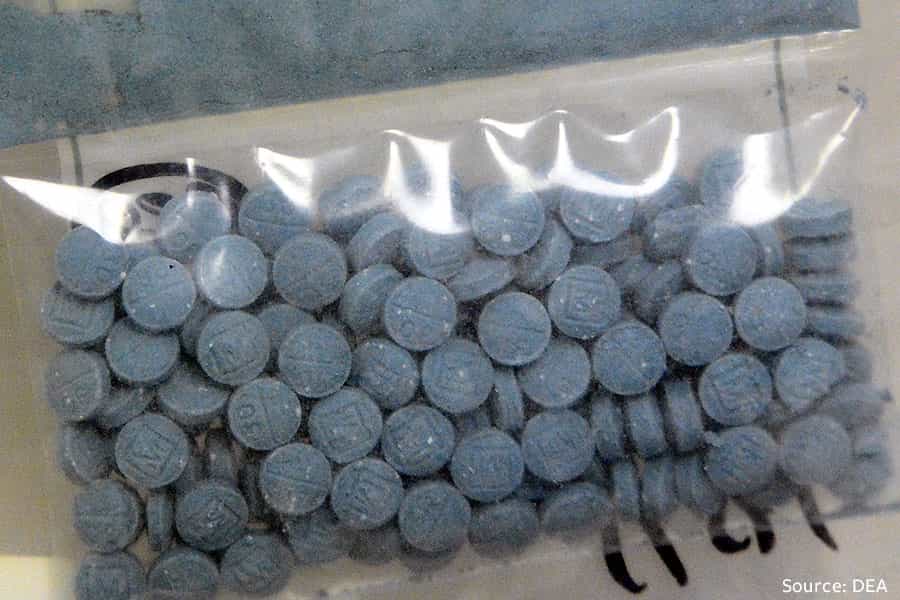Fatal drug overdose rates are on the rise, and synthetic opioid “fentanyl” is partially to blame.
What is Fentanyl?
Fentanyl is a highly potent opioid analgesic and anesthetic, known commercially as Sublimaze, Durogesic, Duragesic, Fentanyl citrate, PriCara, Lazanda, Nasalfent, Subsys, or Actavis. It is a full, mu-opioid receptor agonist, which means that the drug binds to mu opioid receptors in the brain to stimulate endorphin production. Binding causes the release of endorphins and an increase of dopamine in the central nervous system. These phenomena cause analgesia (pain relief), euphoria, relaxation, etc.
When is Fentanyl Prescribed? Who Should Take Fentanyl?
Fentanyl is a schedule II (highly regulated and addictive) narcotic analgesic prescribed for moderate to severe pain. It is oftentimes used to treat crippling pain in patients with cancer and/or opiate-tolerant chronic pain syndrome. It is also used during surgical procedures, and is an especially common option for patients with cardiac complications, since fentanyl causes less of an effect on the cardiovascular system than other opioids. Physicians should screen potential users for risk of abuse and other individual factors before administering the drug.
How is Fentanyl Administered?
Prescription fentanyl can be administered in a wide range of preparations, including oral pills, nasal sprays, compounding powder, lozenges, extended-release lollipops, epidural/spinal preparations, dissolving strips/tablets, injections, and patches. Transdermal patches continuously deliver the drug into the bloodstream over the course of 48-72 hours. This method of administration is only recommended for opioid-tolerant patients because the effects are strong and long lasting, even after the patch is removed. Fentanyl may accidentally be transferred between individuals in close contact, so users should take special precautions to cover their patches, especially when caring for children.

What are the Side Effects of Fentanyl?
The type and intensity of the effects depends on individual-specific factors such as height, weight, health, dosing, tolerance, etc. As mentioned previously, fentanyl is primarily intended to cause pain relief and a relaxed state of euphoria and sedation. Fentanyl is also known to cause side effects such as weakness, confusion, constricted pupils, constipation, dry mouth, nausea, sweating, flushing, stiff/rigid muscles, and difficulty concentrating. More serious side effects may include respiratory depression, slowed heart rate, unconsciousness, and death. Some individuals find that the transdermal patches cause redness, irritation, itching, swelling, or a rash at the application site. Effects typically transpire within minutes of consumption and last from 30-90 minutes.
Is Fentanyl Abuse Common?
Yes, the drug has high abuse potential; it is 80x stronger than morphine and 50x stronger than heroin. There are also many illegal derivatives and analogues of fentanyl that are even more potent and addicting than the prescribed version. Street names for fentanyl include: drop dead, shine, serial killer, percopop, apache, china girl, china white, dance fever, friend, goodfella, jackpot, murder 8, TNT, and tango & cash. Because abuse is so common, legal users are encouraged to flush used patches down the toilet instead of throwing them in the trashcan where illegal users could potentially find them.
What are the Symptoms of Fentanyl Withdrawal?
Fentanyl withdrawal typically occurs within 12 hours of abstinence. Symptoms may include dilated pupils, goosebumps, gastrointestinal distress (vomiting and diarrhea), runny nose, chills, hot/cold flashes, insomnia, agitation, anxiety, and severe generalized pain. These effects usually last for a week or more.
Why is Fentanyl So Dangerous?
Fentanyl is causing an alarming number of accidental overdoses and fatalities because of its high potency. A majority of these overdoses are coming from designer drug analogues of fentanyl, which are oftentimes mixed with or substituted for heroin. Many consumers are unknowingly purchasing laced substances and overdosing without ever being aware of the fentanyl’s presence. Exposure to heat may also cause accidental overdose via rapid transmission of the drug from the patch through the skin.

Life-threatening respiratory depression can actually occur on any dose, especially in individuals who are not accustomed to taking opioids. There is a very minimal difference between a therapeutic dose of fentanyl and a deadly one, so even legal use should be monitored with extreme caution. Overdose can occur so quickly that victims are sometimes found with a needle still injected into the skin. Signs of overdose may include slow/shallow breathing, slowed heart rate, cold clammy skin, confusion, faintness or dizziness, difficulty with movement, extreme sleepiness, and/or unresponsiveness.
What to do if you or someone you know needs help with Fentanyl abuse
Please contact us here at Two Dreams if you have any other questions about Fentanyl, or find yourself or a loved one struggling with Fentanyl or opioid use; our lines are open 24 hours a day, seven days a week.
Two Dreams offers a safe, judgment-free place to start the healing process. There are many different ways to start managing addiction, and we understand that what works for one person may not necessarily work for another. We provide inpatient, intensive outpatient, and outpatient services based on the unique needs of each individual and the level of care needed. Our trained counselors, under the supervision of a physician, are happy to talk through these options with you and help decide which placement will best fit your needs. We ensure that the transitions into and out of treatment are as stress-free as possible by guiding you through each process step-by-step. Additionally, we provide step-down transition programs to help you shift out of the treatment center setting.
We are here to help you in any way that we can; we are on your side.
Sources Cited:
